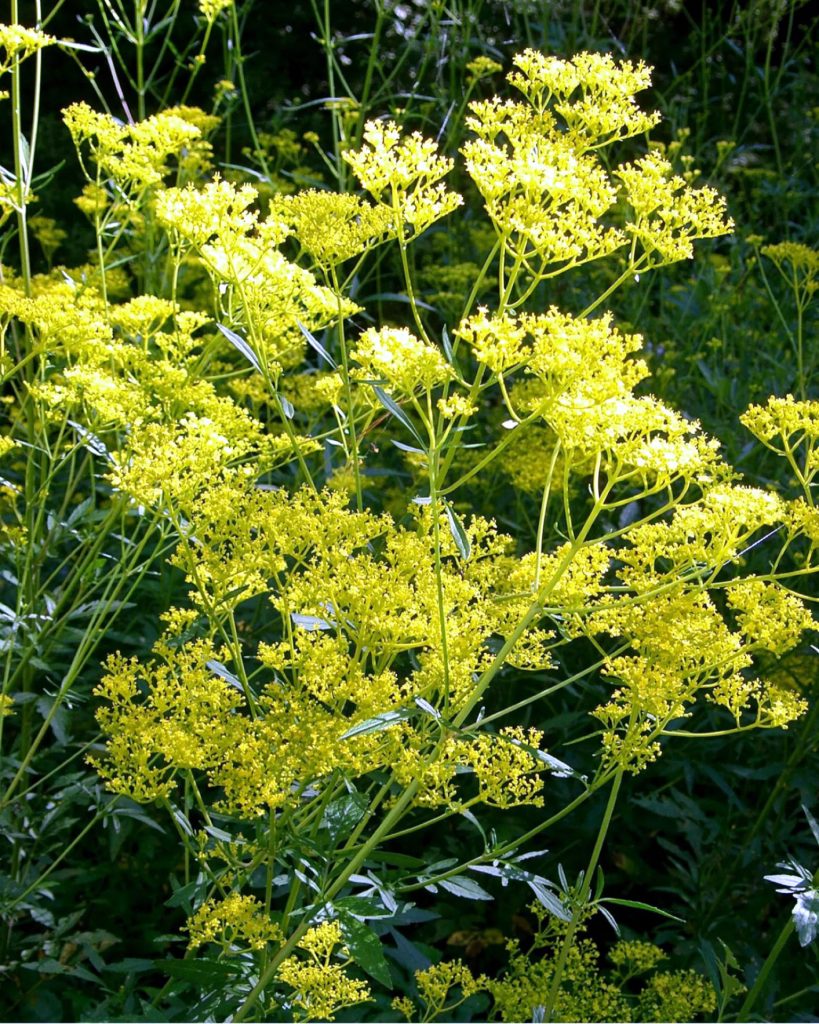
Jugoya, or the 15th night of the eighth lunar month, falls on September 29th this year. Known as the ‘Harvest Moon Festival’ or ‘Mid-Autumn Festival,’ Jugoya is a day for appreciating the full moon during the autumn season. People adorn their surroundings with Aki-no-nanakusa (Seven Herbs of Autumn), enjoy moon-viewing, and display items like mooncakes, sweet potatoes, fruits, and vegetables harvested during the fall. Alongside the 13th night, observed two days earlier, the moon on the 15th night is considered the most beautiful of the entire year, illuminating the clear autumn night sky.
The first mention of the seven autumnal plants can be found in a poem by Yamabe no Akahito in the Manyoshu anthology. Among these plants, the Ominaeshi (Patrinia scabiosifolia) is one, deeply ingrained in Japanese culture as it appears not only in “The Tale of Genji” but also in other classical literature. Ominaeshi is a perennial herb widely distributed from Japan to East Asia, boasting the longest flowering period among the seven autumnal plants, blossoming from early summer to fall. Its dried and boiled form, known as ‘Haisho,’ has been utilized in traditional medicine and herbal remedies.
By the way, the “Haru-no-nanakusa (Seven herbs of spring)” are enjoyed by “food”, such as eating “Seven herbs porridge”, but the “Aki-no-nanakusa” seem to be enjoyed by “seeing” the flowers.
今年の十五夜は9月29日。十五夜は「中秋の名月」とも言い、秋の七草を飾り、月見団子、芋類、果物や野菜などの秋の収穫物を飾って月見をする日です。2日前の十三夜と共に、秋の澄み切った夜空に浮かぶ月が一年中で一番美しいとされてきました。
秋の七草が最初に散見されるのは、万葉集の山上憶良の歌です。女郎花(おみなえし)はその秋の七草の一つで、源氏物語やその他の古典にも登場する日本人には古くから馴染みの深い植物です。日本~東アジアにかけて広く分布する多年草で、秋の七草のうち最も花期が長く、初夏から秋にかけて花を咲かせます。乾燥させて煎じたものを「敗醤(はいしょう)」といい、生薬や漢方として利用されて来ました。
ちなみに、「春の七草」が 「七草がゆ」にして食べるなど、 ”食”を楽しむものですが、 「秋の七草」は花を”見る”ことを 楽しむもののようです。
